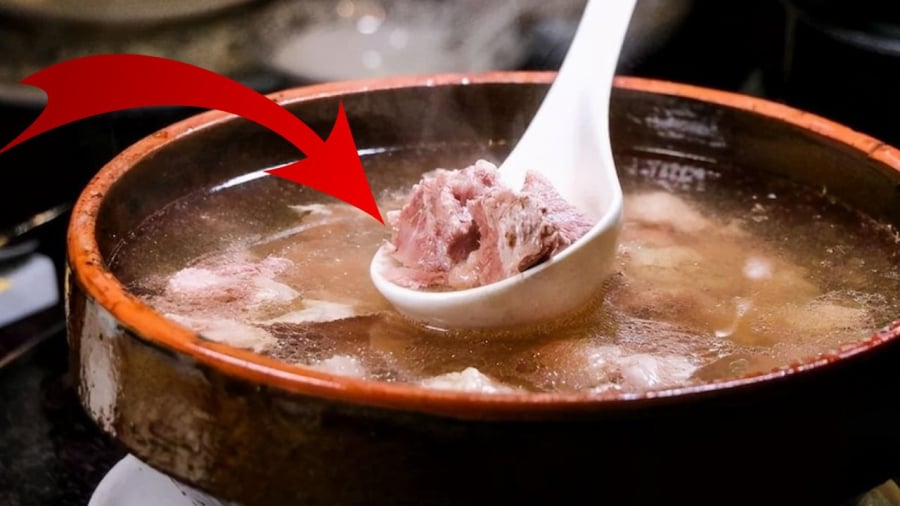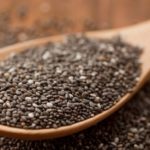Bone broth is a traditional dish in many countries, including Vietnam. Animal bones contain a large amount of minerals, as well as 17 different amino acids, collagen, and gelatin. Although the nutritional content may vary depending on the type of bone, the cooking time, and the cooking method, all bone broth contains nutrients that are good for health.

When simmering the bones, you may notice white foam rising to the top, which is excess blood. This foam is not harmful to health, but to maintain hygiene and make the broth more visually appealing, it is recommended to skim off this foam.
How to make clear bone broth
It is well-known that before simmering the bones, they should be soaked in water. This step is essential to remove all impurities and cloudy water from the bones. However, this is not enough. The first step is to clean the bones.
After buying the bones, rinse them well and soak them in water for 30 minutes. This helps to remove any leftover secretions completely. The red secretions are one of the reasons for cloudy water, discoloration, and an unpleasant smell in the broth. Therefore, it is necessary to completely remove this component.
After soaking, place the bones in cold water, bring to a boil, and then flip them over for a short while before removing and rinsing them thoroughly. When you put the bones into boiling water, the bones and impurities will shrink immediately when exposed to heat, so many impurities in the bone marrow will not be released and float to the top.
Bring a pot of bone broth to a boil and then simmer over low heat. During the simmering process, do not cover the pot as it will make the broth cloudy. Keep the heat low, allowing the bone to release its sweetness slowly, and remember to skim off any foam to keep the broth clear.
Do not add any seasoning powder to the bone broth as it will make the soup cloudy.
Here are some tips to keep the broth clear:
Use salt, shallots, and roasted ginger: One of the techniques when simmering bones is to add a few slices of roasted ginger or shallots to get rid of the bone’s smell and make the broth more fragrant.

Egg whites: Additionally, use a thin cloth to strain the bone broth. Then, turn on the heat and bring it to a boil again. At the same time, use egg whites to absorb the impurities in the pot, and all you need to do is skim off this foam. This way, the bone broth will be free of impurities and become clear again.
Potatoes or shiitake mushrooms: You can remove the cloudiness of the bone broth by adding some slices of raw potatoes or shiitake mushrooms to the pot. Then, simmer for another 20-30 minutes, and the bone broth will become clear.
More Useful Advice for Homemakers (Part 2)
Have you heard of the surprisingly easy tips to make cooking and household chores simpler? White radish eliminates the acrid taste of salted meat, adding alum to raw shrimp helps soften it, and adding cold water when frying eggs can make them crispy – these are just a few of the tricks to make your life easier.














